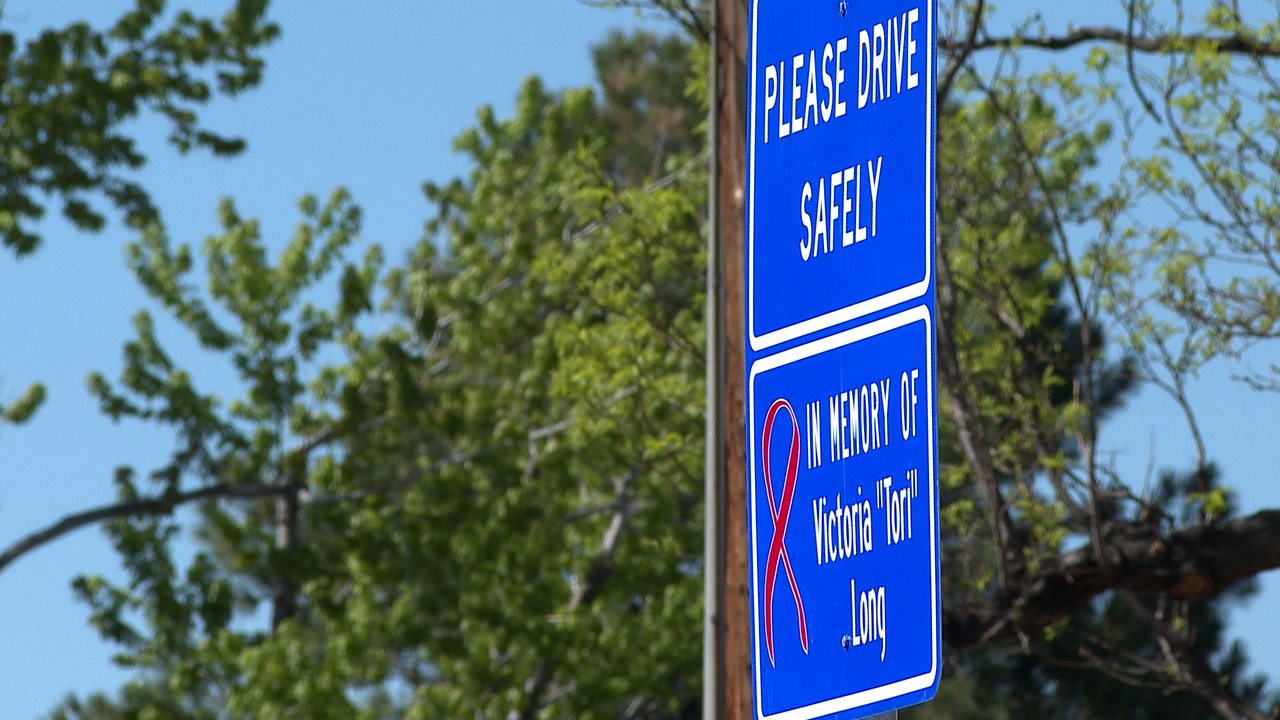DENVER (KDVR) — When looking for a place to live, you might research neighborhood safety, home prices, and quality of schools, but what about safety from natural disasters?
The Federal Emergency Management Agency gives every county in the U.S. a score based on its Risk Index for the possibility of natural hazards occurring.
FEMA’s National Risk Index identifies communities at risk of 18 natural hazards including:
- Avalanche
- Coastal flooding
- Cold wave
- Drought
- Earthquake
- Hail
- Heatwave
- Hurricane
- Ice storm
- Landslide
- Lightning
- Riverine flooding
- Strong wind
- Tornado
- Tsunami
- Volcanic activity
- Wildfire
- Winter weather
FEMA then uses the following equation to calculate the risk index for the specific county: expected annual loss multiplied by social vulnerability and divided by community resilience, and that equals the risk index.
If you take into consideration the risk of natural disasters occurring near you, here are the five safest and least safe counties for naturally occurring hazards.
5 safest counties in Colorado
- Douglas County with a very low-risk score of 0.34
- Elbert County with a very low-risk score of 2.43
- Routt County with a very low-risk score of 3.01
- Dolores County with a very low-risk score of 3.26
- Gilpin County with a very low-risk score of 3.29
5 least safe counties in Colorado
- Denver County with a relatively high-risk score of 24.21
- Arapahoe County with a relatively moderate risk score of 20.40
- Adams County with a relatively moderate risk score of 19.48
- Pueblo County with a relatively moderate risk score of 18.37
- El Paso County with a relatively moderate risk score of 16.87
Not only is Douglas County the safest county in Colorado in regards to natural hazards, but according to FEMA, it is also safer than 99.9% of counties in the U.S.
To see how at risk your county is against natural hazards, visit FEMA’s interactive map.

